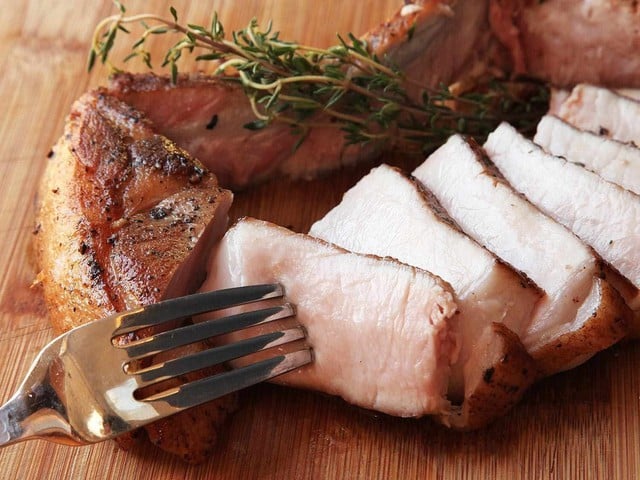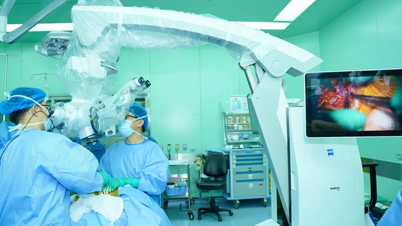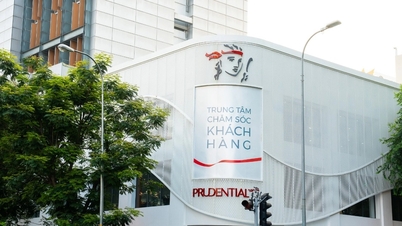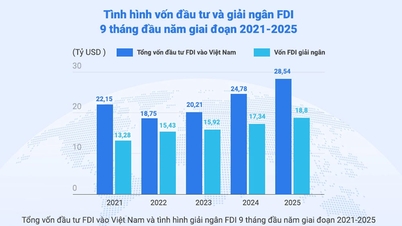GĐXH - Diabetics can absolutely eat pork, however, they should eat it in moderate doses and frequency because pork contains a lot of saturated fat which is not beneficial for the treatment process.
Is it good for diabetics to eat pork?
Pork is a popular dish in Vietnamese families' daily meals. Pork is delicious and nutritious and can be prepared in many ways, from boiled, grilled, fried, braised... suitable for all ages and all subjects.
Pork is a source of high-quality protein, pork is rich in minerals including: sodium, zinc, potassium, phosphorus and copper. Magnesium and iron content is also relatively high. However, manganese and calcium content is quite low. Scientists also found large amounts of vitamins such as B1, B2, B6, B12, PP in this type of meat. Every 100 grams of pork contains about 458 calories.

Illustration photo
Regarding the glycemic index, because pork contains almost no carbohydrates in its nutritional composition, the glycemic index (GI) and glycemic load (GL) of this meat are almost 0. Therefore, diabetics can completely eat pork. However, it should be eaten in moderate doses and frequency because pork contains a lot of saturated fat which is not beneficial for the treatment process.
How much pork is enough for diabetics?
In fact, there is no fixed limit for pork consumption in diabetics. In general, the amount of meat that each diabetic should consume each day varies depending on individual factors, such as age, body size, disease severity, and frequency and intensity of physical activity.
According to research, the protein requirement for diabetics should be between 1 – 2g / kg body weight / day (or 15 – 20% of total energy). If you have kidney failure complications, you should limit it to 0.8 – 1g protein / kg body weight / day.
This is equivalent to the fact that diabetics should not consume more than 172 - 230g of lean pork / day, and should not consume more than 400 - 500g of pork / week.
This is because excessive pork consumption has been recognized by many studies as a risk factor that can contribute to increasing the risk of developing certain types of cancer, typically colorectal cancer.
Diabetics should pay attention to this when eating pork.

Illustration photo
Choose fresh, low-fat meat
Patients should prioritize lean, skinless pork parts such as pork loin, pork ribs, rump, etc., and avoid fatty parts such as pork belly. In addition, when buying, they should process immediately to preserve the nutritional content and freshness of the meat.
Limit processed pork
Sausages, Chinese sausages, pork pate, ham, cold cuts, bacon, etc. all contain a lot of saturated fat, salt, spices, additives and preservatives. Therefore, diabetics should limit these foods as much as possible to protect their cardiovascular health and digestive system.
Limit the use of oil and fat in cooking.
Boiling, steaming, making soup, etc. are healthy ways to prepare pork, good for diabetics. Meanwhile, methods such as frying and grilling should be limited to avoid absorbing toxins produced when food is exposed to too high temperatures (over 180°C).
Should be combined with foods rich in fiber
Pork is a rich source of protein but lacks fiber and healthy fats. Therefore, when consuming pork, diabetics need to combine it with vegetables, tubers, fruits, sea fish and vegetable oils to ensure the body's nutritional needs and control blood sugar and lipid levels.
Source: https://giadinh.suckhoedoisong.vn/nguoi-mac-benh-tieu-duong-an-thit-lon-can-biet-dieu-nay-de-on-dinh-duong-huet-172241102183204132.htm




![[Photo] Solemn opening of the 1st Government Party Congress](https://vphoto.vietnam.vn/thumb/1200x675/vietnam/resource/IMAGE/2025/10/13/1760337945186_ndo_br_img-0787-jpg.webp)

![[Photo] General Secretary To Lam attends the opening of the 1st Government Party Congress](https://vphoto.vietnam.vn/thumb/1200x675/vietnam/resource/IMAGE/2025/10/13/1760321055249_ndo_br_cover-9284-jpg.webp)








































































































Comment (0)